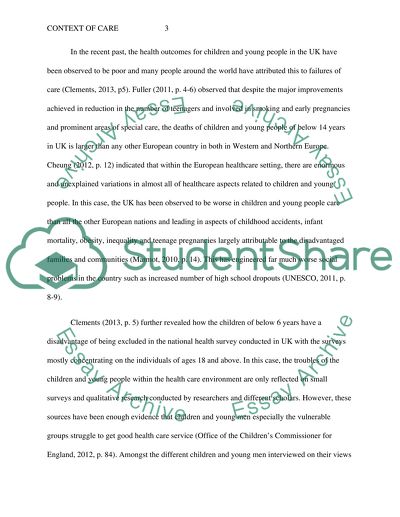Cite this document
(“Context of care Essay Example | Topics and Well Written Essays - 2500 words”, n.d.)
Context of care Essay Example | Topics and Well Written Essays - 2500 words. Retrieved from https://studentshare.org/nursing/1698658-context-of-care
Context of care Essay Example | Topics and Well Written Essays - 2500 words. Retrieved from https://studentshare.org/nursing/1698658-context-of-care
(Context of Care Essay Example | Topics and Well Written Essays - 2500 Words)
Context of Care Essay Example | Topics and Well Written Essays - 2500 Words. https://studentshare.org/nursing/1698658-context-of-care.
Context of Care Essay Example | Topics and Well Written Essays - 2500 Words. https://studentshare.org/nursing/1698658-context-of-care.
“Context of Care Essay Example | Topics and Well Written Essays - 2500 Words”, n.d. https://studentshare.org/nursing/1698658-context-of-care.


